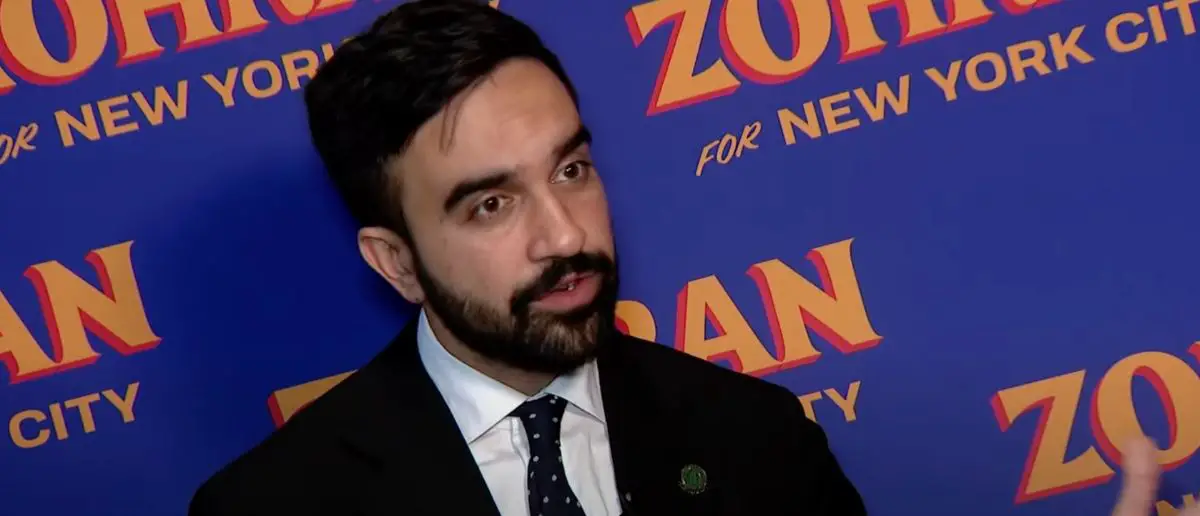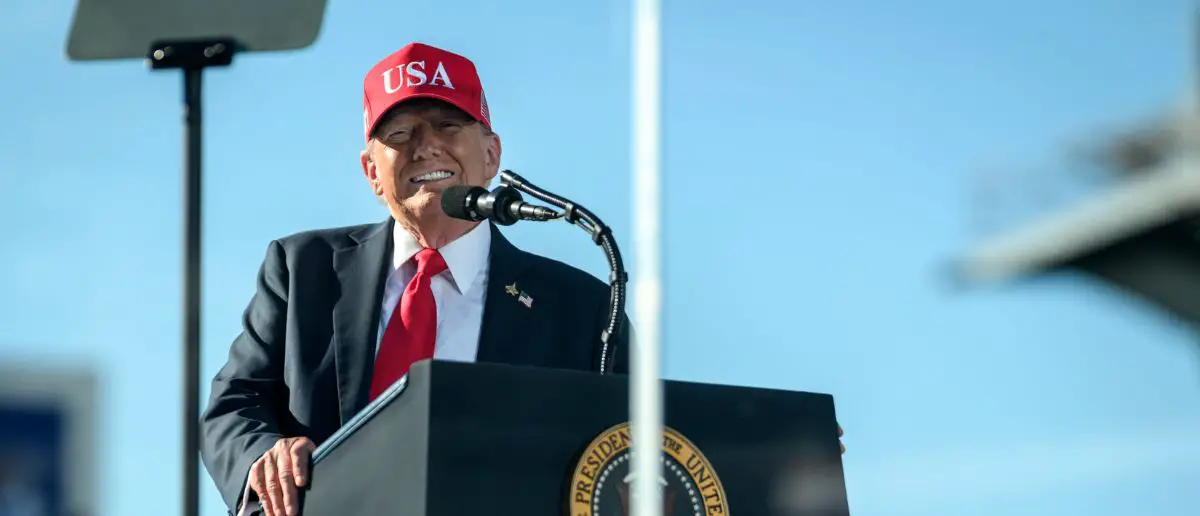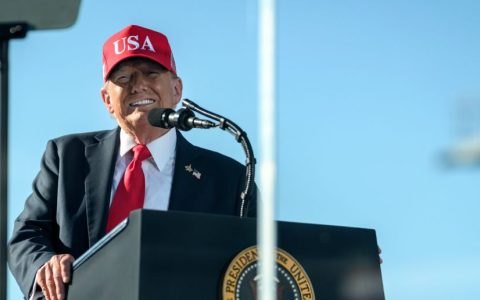
Trump’s relationship with the media isn’t complicated. They hate him and he doesn’t feel all that great towards them either.
But the White House threw the entire mainstream media for a loop with a blindsiding order.
White House Takes Bold Step to Modernize Briefing Room
In a decisive move that breaks from outdated norms, the White House is stepping in to oversee seating assignments in its briefing room, sidelining the White House Correspondents’ Association (WHCA), according to a Sunday scoop from Axios. It’s a fresh approach that promises to align press access with today’s fast-evolving media realities.
A senior White House official shared with Axios that the communications team has crafted a smart plan for a “fundamental restructuring of the briefing room, based on metrics more reflective of how media is consumed today.”
The new setup will welcome a diverse lineup—digital innovators, print stalwarts, TV crews, and even influencers from “new media” outlets like The Daily Wire, Axios, and Semafor, ensuring a broader range of voices get heard.
A Forward-Thinking Press Strategy
“The goal isn’t merely favorable coverage,” the official explained to Axios. “It’s truly an honest look at consumption [of the outlets’ coverage]. Influencers are important but it’s tough because they aren’t [equipped to provide] consistent coverage. So the ability to cover the White House is part of the metrics.” This practical, data-driven shift prioritizes reach and relevance over entrenched privilege—a nod to how Americans actually get their news.
Legacy outlets, long accustomed to front-row seats and cozy access to Press Secretary Karoline Leavitt, might find their spotlight dimming, Axios notes. Yet the White House is striking a thoughtful balance.
“We want to balance disruption with responsibility,” the official said, hinting at a careful recalibration that respects the press while embracing change.
The briefing room’s been a chaotic scene since President Trump’s second term kicked off, with reporters elbowing for space and a shot at Leavitt’s attention.
Right-leaning voices like Fox News, The Daily Caller, and the New York Post have held their ground, but others are left scrambling in the aisles—some showing up hours early, only to deal with late arrivals or height disadvantages in the scrum.
Critics Cry Foul, But Progress Prevails
The WHCA once ruled over seating and the prized “pool rotations”—those up-close gigs with the president. When the White House took charge of the pools in February, WHCA president Eugene Daniels called it a blow to “the independence of a free press in the United States,” warning it “suggests the government will choose the journalists who cover the president.”
In a Monday statement, the WHCA board dug in: “The reason the White House wants control of the briefing room is the same reason they took control of the pool: to exert pressure on journalists over coverage they disagree with. This was explicit with The Associated Press, where the president and his staff plainly said their removal from covering presidential events was punishment for their style guide. And their motives here are explicit again.”
They urged a reversal, claiming it’s about dodging tough questions—a charge the administration’s actions seem poised to disprove.
Trump Team Champions a New Media Era
This overhaul builds on Press Secretary Leavitt’s January vow to fling open the briefing room doors to “new media” talent. “We welcome independent journalists, podcasters, social media influencers, and content creators to apply for credentials to cover this White House,” she declared, signaling a commitment to inclusivity that’s already paying off.
Leavitt nailed the reasoning: “The Trump White House will speak to all media outlets and personalities, not just the legacy media who are seated in this room, because according to recent polling from Gallup, Americans’ trust in mass media has fallen to a record low.”
She added, “Millions of Americans, especially young people, have turned from traditional television outlets and newspapers to consume their news from podcasts, blogs, social media, and other independent outlets. It’s essential to our team that we share President Trump’s message everywhere and adapt this White House to the new media landscape in 2025.” It’s a savvy move that’s less about control and more about connecting—exactly what a forward-looking administration should do.





